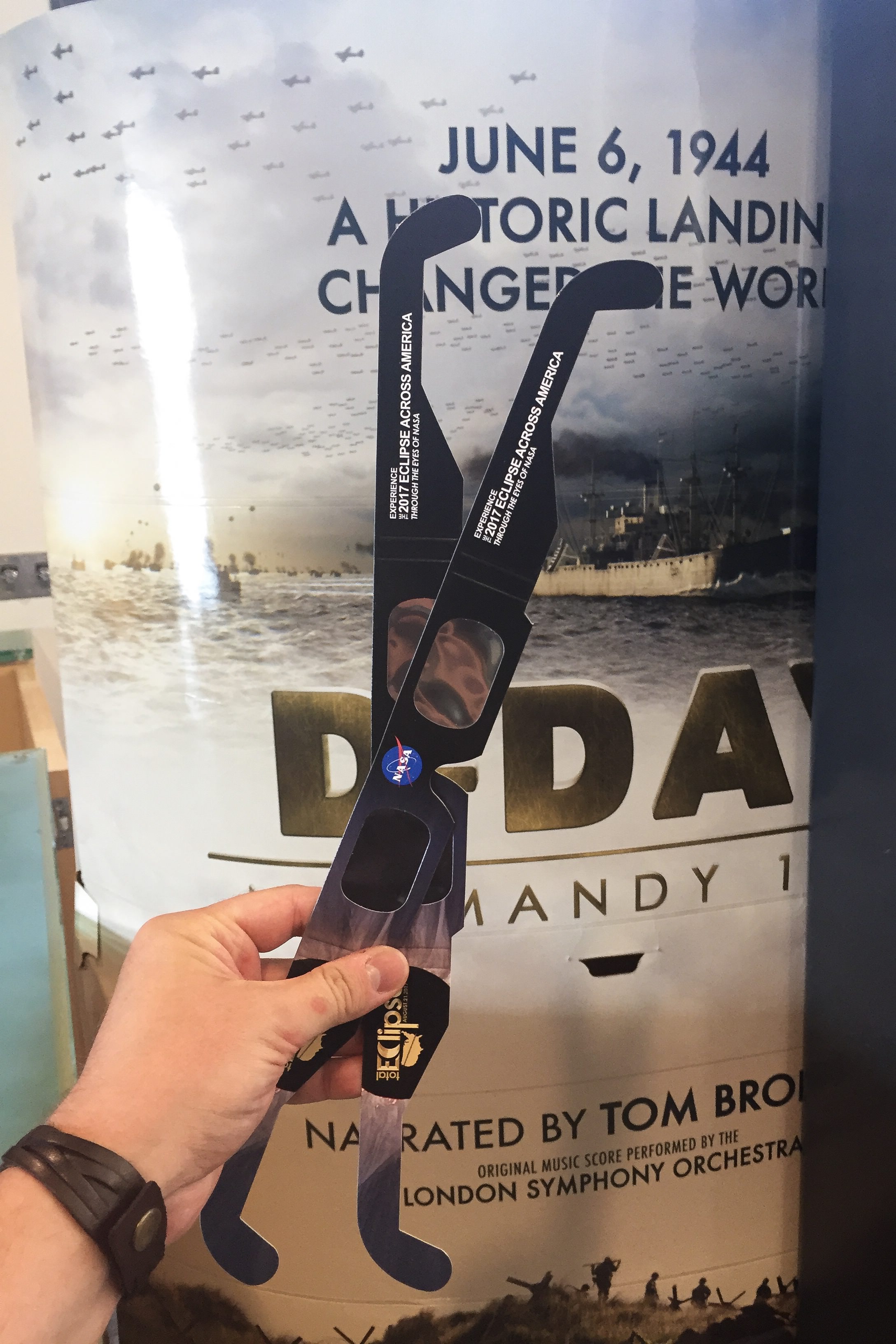Photographic Equipment and Telescopes
And here is the big reason I am writing this quick guide - I want you photographers to stay safe, and keep your gear safe.
Please, if you do not have a dedicated solar filter or solar film for your camera or other optical equipment, do not under any circumstance attempt to photograph the eclipse directly. Without a solar filter, the intense brightness and heat of the sun's rays will burn and destroy your camera's sensor, and can become so hot it can begin to melt and etch an image in the sensitive surfaces of your camera such as the focusing screen. You can indeed interchangeably use a telescope filter or raw solar film sheets on a camera; the key is you must have total coverage of the lens, and must never use the viewfinder for any reason.
Furthermore, "doubling up" on neutral density (ND) filters will reduce the visible light to a safe level for your sensor, but does nothing to reduce the ultraviolet (UV) and infrared (IR) lightwaves which can still damage your sensor; UV filters, and the IR filter built into every camera's sensor may not be strong enough to reduce these wavelengths to a safe level - if you choose to use ND filters, do so at your camera's own risk; you will need at least 18 stops (ND 5.4) of density to reduce the sun's visible light to a level safe for your sensor. Unless you have a dedicated solar filter, I recommend only attempting the ND method on a camera you are comfortable with possibly breaking permanently. If you go this method I recommend placing a lens cap over the lens at all times except when focusing (via live-view only) or short bursts of shooting; don't expose the sensor or glass to any undue amounts of the sun's rays.
For all circumstances, you must only use live-view to focus and shoot - do not under any circumstance look through the viewfinder when aimed at the sun, regardless of if your camera has a solar filter installed or not. Solar filters for optical equipment do not as stringently adhere to ISO 12312-2 compliance which is required for safe viewing with human eyes. Furthermore, even using the solar sunglasses to look through the viewfinder will also be harmful because of the focused intensity of the sun through the camera's optics. Do not attempt to use the solar glasses solar filter film as a camera lens solar filter; your camera must have 100% complete lens coverage in order for it to safely photograph the eclipse; your solar glasses' filter is not large enough to cover the entire lens, save for camera phones. Looking through the viewfinder is placing a hypothetical ant (your eye / retina) under a literal magnifying glass (your camera / lens).
If you do have all the required materials to safely shoot the sun, you will need a lens or telescope capable of reaching the 500 - 800mm range to fill the frame with the sun to a useful amount.
Enjoy It
This is a historic event; don't get caught up in your camera so much that you miss watching!
I will mostly be enjoying the journey and nature of our moon blocking view of our sun, rather than fiddling with a camera; this is rare event that I wasn't even sure I'd be available to enjoy due to other scheduled photoshoots which have now been postponed (probably because people want to watch the eclipse?). Since I only found out I'm free in the last few days, I will not be photographing the eclipse directly because A) I couldn't find a solar filter available for sale in time for a reasonable price, B) because the risks to my gear are too great for my comfort, C) there will be a massive amount of coverage by others who are better equipped to document this event, such as those at NASA, and D) it's nice to relax sometimes. I will instead be enjoying the eclipse through my solar eclipse glasses and documenting the journey and those I see watching the eclipse on Monday.
Hopefully you all will be able to enjoy the solar eclipse safely and easily; please, please do not take any silly risks - hurting your camera may hurt your wallet, but hurting your eyes will hurt forever - don't risk anything - stay safe folks!
Below I'm leaving some helpful links which go into more detail about the eclipse than I've outlined here; please visit them and read for more depth than the overview I've provided.


































